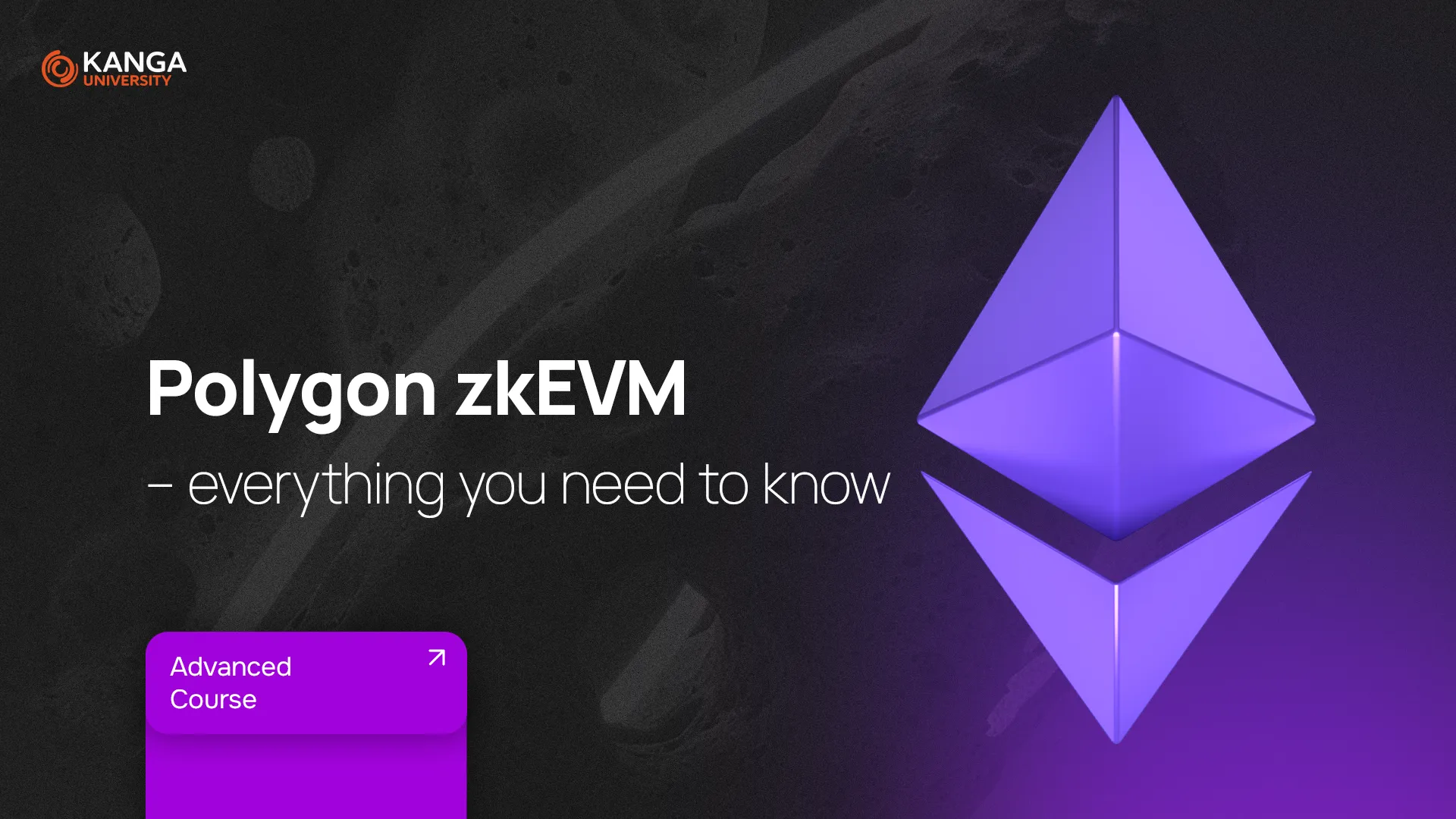
Ethereum is the leading platform for building decentralized applications, but its popularity has come at a cost. During peak usage, the network slows down, and transaction fees become unreasonably high. For developers and businesses looking to scale, this presents a serious challenge.
One of the most promising solutions to this problem is Polygon zkEVM — a Layer 2 technology designed to improve Ethereum’s performance without sacrificing security or compatibility.
What is Polygon zkEVM?
Polygon zkEVM combines two advanced technologies:
-
Zero-knowledge proofs (ZK) – cryptographic methods that validate the truth of information without revealing the details.
-
EVM (Ethereum Virtual Machine) – the core engine that powers smart contracts and applications on Ethereum.
Polygon zkEVM allows developers to run Ethereum-compatible applications off-chain, generating cryptographic proofs that are submitted back to Ethereum. This significantly reduces costs and improves transaction speed, all while maintaining the same level of trust and decentralization.
Why zkEVM was Created
Ethereum is secure and decentralized, but it struggles with scalability. As more users join the network, congestion increases, transactions slow down, and gas fees rise. To overcome this, developers have introduced Layer 2 solutions — technologies that offload work from the Ethereum mainnet.
zkEVM is one of the most advanced of these solutions. It improves transaction throughput and reduces costs, making Ethereum more practical for real-world applications.
What Makes Polygon zkEVM Stand Out?
-
Full compatibility with the Ethereum ecosystem: use the same tools, code, and smart contracts
-
Lower transaction costs through zero-knowledge proof compression
-
Higher transaction throughput
-
Maintains Ethereum-grade security
-
The first protocol to implement recursive STARKs, improving proof generation time and scalability
Use Cases for Polygon zkEVM
DeFi (Decentralized Finance)
Polygon zkEVM is ideal for DeFi applications that require strong security, low costs, and protection against censorship.
NFTs and GameFi
Low gas fees and high transaction speed make this platform attractive for gaming and NFT projects that rely on fast user interactions.
Payments
Anyone looking for instant, low-cost crypto transactions will find zkEVM suitable for real-world financial use.
How to Start Using Polygon zkEVM
-
Connect your MetaMask wallet
-
Add the zkEVM testnet using the following details:
-
Network Name: Polygon zkEVM Testnet
-
RPC URL:
https://rpc.public.zkevm-test.net -
Chain ID: 1442
-
Symbol: ETH
-
Block Explorer:
https://explorer.public.zkevm-test.net -
Bridge UI:
https://public.zkevm-test.net
-
Deploy smart contracts using the same development tools you would use on Ethereum (e.g. Hardhat, Remix, Ethers.js)
-
View transactions on the block explorer and manage cross-chain activity through the bridge
Limitations and Challenges
Polygon zkEVM is still evolving. While the platform is fully compatible with Ethereum, some applications may require adjustments. The project’s success will ultimately depend on developer adoption and continued performance improvements.
Summary
Polygon zkEVM offers a high-performance Layer 2 solution for Ethereum that significantly reduces gas fees, increases scalability, and speeds up transactions — all while staying fully compatible with existing Ethereum infrastructure.
It is a critical tool for anyone looking to build real-world blockchain applications at scale, whether in finance, gaming, or digital commerce. If Ethereum is to become the foundation of the next internet, technologies like zkEVM will be central to that future.